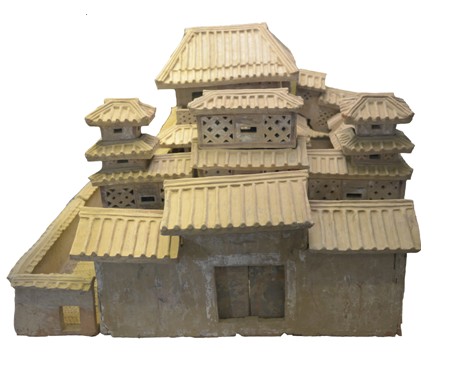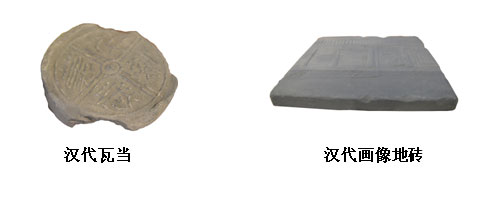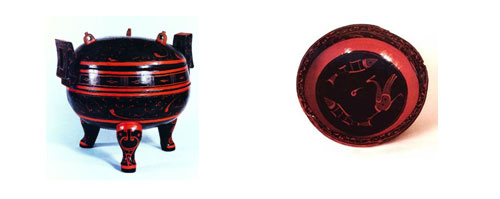The dwelling is a place where human beings have escaped from the wind, snow, heat and insects. The development of social history has shown the level of social civilization and productivity at that time.
The architecture of ancient Chinese dwellings began in the Neolithic Age and reached the first peak of development in the Qin and Han Dynasties. After several hundred years of brewing in the Wei, Jin, and Northern and Southern Dynasties, the Tang and Song Dynasties achieved its second peak in development. After the standardization and accumulation in the Liao, Jin and Yuan periods, it reached its peak during the Ming and Qing Dynasties. During the period of the Republic of China, with the entry of Western architectural ideas, it greatly impacted the old traditional ideas, and the forms of houses were various.
At the beginning of the founding of New China, China adopted a large number of Soviet residential design and planning concepts, and adopted a block-like layout of 2 to 3 storey brick-concrete houses. With the continuous development of China's industry and the introduction of the concept of community, China has begun to develop an industrialized housing system, from multi-story to high-rise, from neighborhood to community, and has gradually embarked on a road of residential construction development in line with national conditions.
After the reform and opening up, with the continuous improvement of people's living standards, the construction of residential areas has paid full attention to the diversification and personalization of residential design, adding various life services and cultural, educational, sports, and sanitary facilities to provide residents with Comfortable, convenient and quiet. Beautiful living environment.

Qin and Han dynasties
During the Qin and Han dynasties, the atmosphere of the residential buildings was very prosperous, and they were very different from those of later generations. The lower section was used as a hall, and people lived upstairs. However, the weather in the north is very windy and wooden buildings are not suitable, so it will gradually decrease in the future.
Roofing: A large number of tiles are used on the roof, which not only has a decorative effect, but also solves the problem of roof waterproofing.

Qin and Han dynasties
Ground: more floor tiles, mostly square, with patterns.
Wall surface: first use coarse mud mixed with grass stems to make a base, then use fine mud mixed with rice bran to smear the surface, and finally paint with white gray.
Screen: It has the most decorative and beautifying effect indoors. It was widely used during the Qin and Han dynasties.

Qin and Han culture
Lamps: The Han Dynasty was the heyday of the development of ancient lamps in China. All kinds of lamps are cleverly designed and exquisitely made.

Qin and Han culture
Lacquerware: There have been new developments in lacquerware, gradually replacing bronzeware.
Wooden Blades Ceiling Fan With Bulbs
Brightest Light Bulbs For Ceiling Fans,Ceiling Fan Light Bulb Replacement,Ge Ceiling Fan Light Bulbs,Led Fan Bulbs
JIANGMEN ESCLIGHTING TECHNOLOGY LIMITED , https://www.jmesclightingfan.com
